What causes cramp when cycling? The theories and fallacies behind the pain
We go in search of the causes - and possible treatments - for that lightening bolt of pain which seemingly comes always at the worst moment on a bike ride
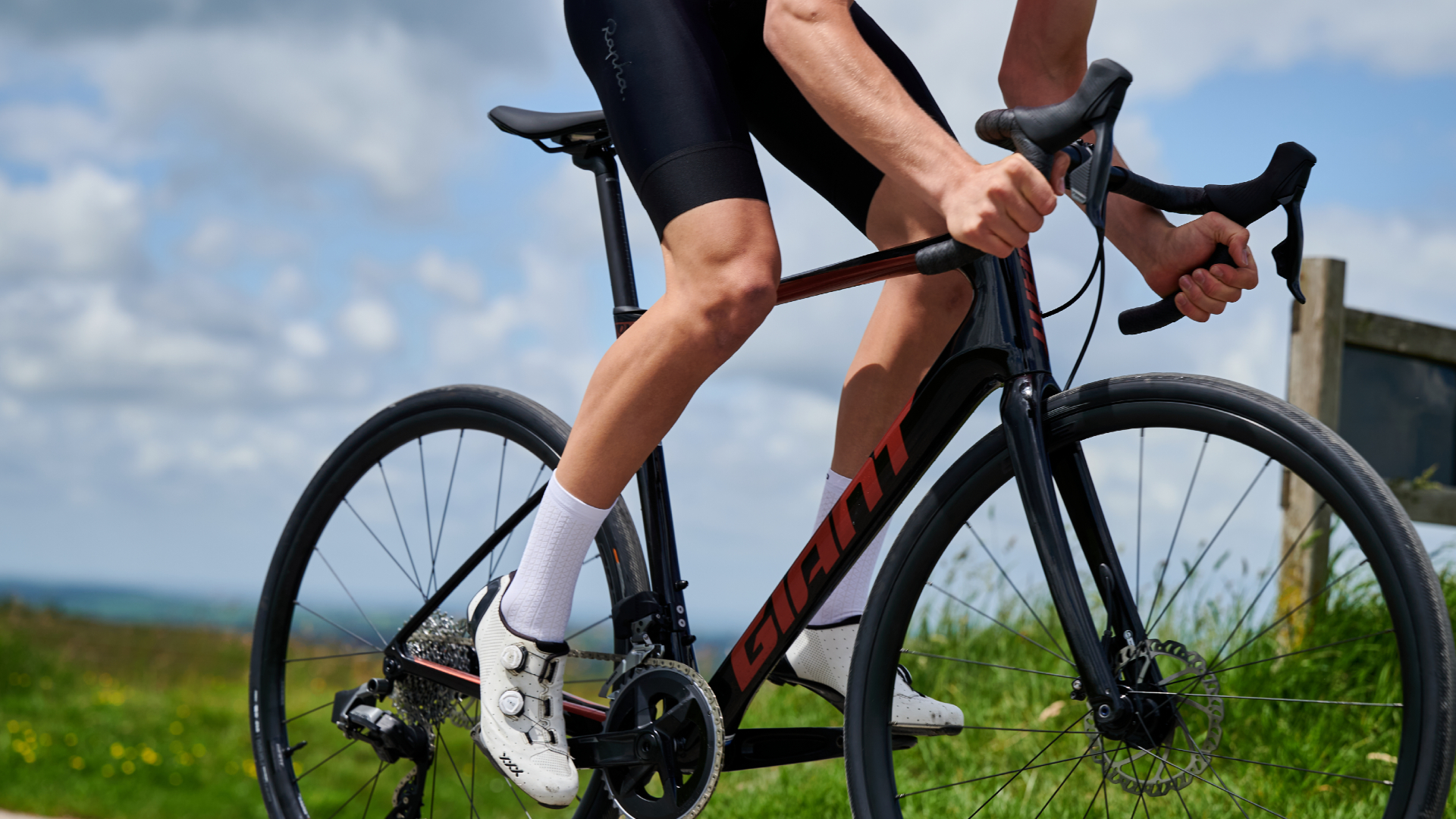
- Why do cyclists get cramp when cycling?
- Can better hydration prevent cramp?
- 'Low salt' health warnings, athletes and cramp
- Does hot weather increase the chance of getting cramp when cycling?
- Stretching and fighting fatigue to beat cramp
- Can pickle juice relieve cramp?
- Cramp in the real world
- How to avoid cramp when cycling

Most cyclists have been there at some point: it's a tough ride - long, hilly, fast, hot, or all four. You’re keeping pressure on the pedals at a constant rate and then a spasm like an electric shock tears through your calf, hamstring or quad.
Muscle cramps are common, though they affect individuals to varying degrees and there are a number of theories as to the cause.
The honest truth is that even the biggest of science brains have not figured it out, but there are certainly some themes and trends that, anecdotally, seem to hold tight.
Why do cyclists get cramp when cycling?
Unfortunately, there is not one simple answer.
“Quite often cramp is presented as a superficial topic - as though there is one cause and we need to argue about what it is - but in reality it’s a very complicated issue with lots of different causes and still no one can totally pin it down - but there are practical things you can try that often do work for people,” explains sports scientist, Andy Blow.
At a very basic level, focus needs to be placed on “anything that can cause undue fatigue: position, set up, cycling nutrition and glycogen intake, hydration and salt intake, and training specificity,” he says.
So let's drill down on the detail.
Get The Leadout Newsletter
The latest race content, interviews, features, reviews and expert buying guides, direct to your inbox!
Can better hydration prevent cramp?
The most common solution offered up to a person struggling with cramp is that they need to repopulate their body with electrolytes.
Firstly, Blow – the founder of Precision Hydration, a brand which produces electrolyte loaded drinks - doesn’t suggest electrolyte loss is the only cause, saying “the problem comes when electrolyte imbalance is presented as the only possible cause.”
But he reckons it’s a "low hanging fruit" that’s worth experimenting with.
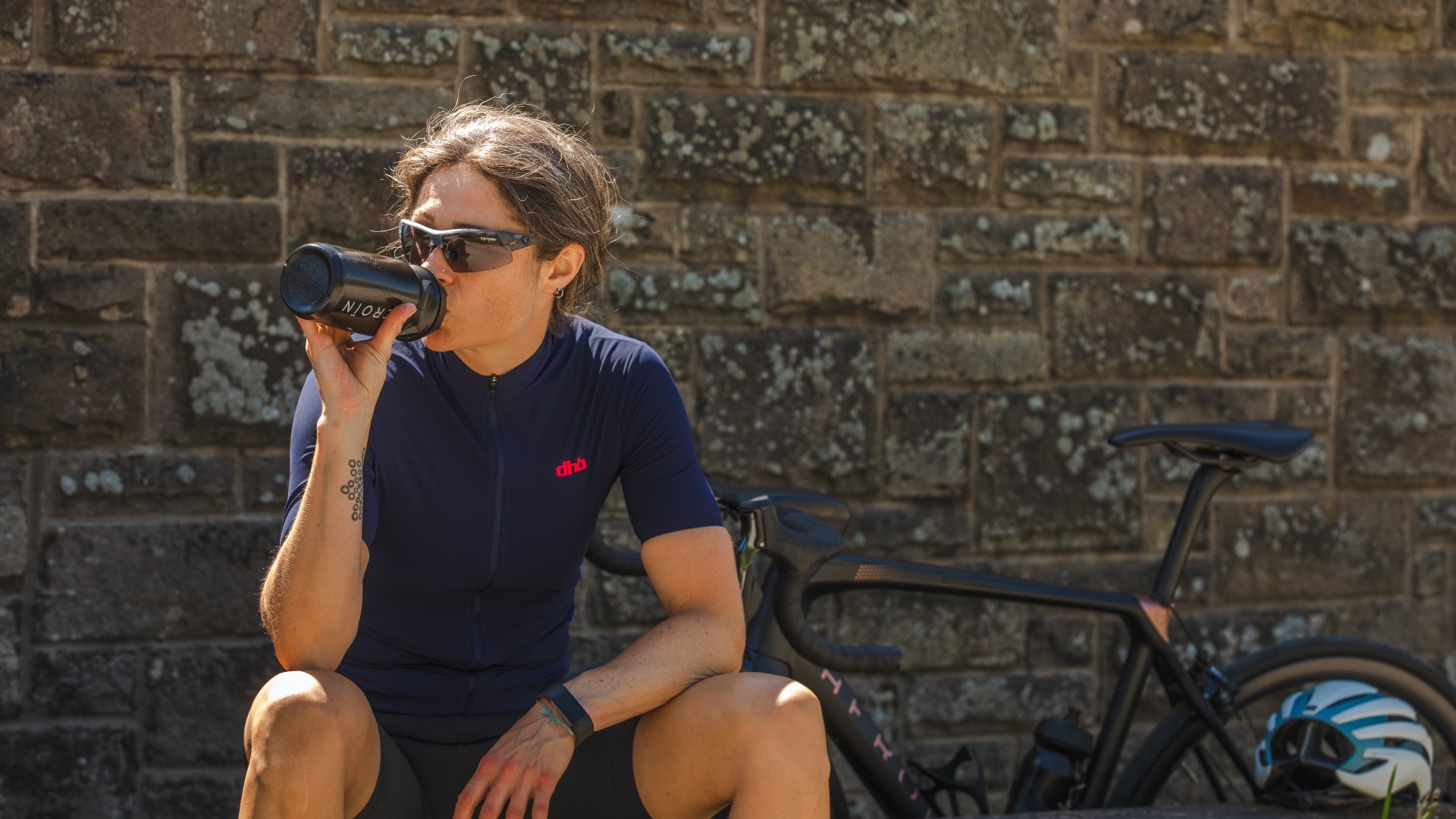
Electrolytes are salts and minerals lost through sweat. The seven key ingredients are: sodium, chloride, potassium, magnesium, calcium, phosphate and bicarbonate.
For decades, sodium has been considered to be the key to the puzzle, following studies on miners and construction workers.
Delving into the history books, we discover that in 1945, Donald Stewart concluded that “fluid replacement is necessary and should include sufficient sodium chloride" to avoid fatigue and cramp when cycling.
We're now in 2023, and the scientific evidence is limited. Studies examining dehydration and sodium intake across athletes who do and don’t experience cramp when cycling have shown no clear differences.
But anecdotal evidence seems to suggest replacing salt helps: “whilst anecdote is definitely not science and shouldn’t ever be presented as such, often where there’s smoke there’s fire,” Blow says.
“In general we see a trend towards people with higher levels of salt loss in sweat getting cramping and other issues in the heat.
“Some people could be losing as little as 200mg of sodium in a litre, whilst others could be losing up to 2000mg. That doesn’t mean you need to replace 100 per cent of what you’re losing, but if you’re just using a standard sports drink which is maybe 400mg per litre, it’s not going to take long to incur a bit of a deficit.
"Same for people who have high sweat rates, even if it’s very dilute, if you’re sweating litres and litres you’ve got a requirement to replace a lot of electrolyte."
Precision Hydration produces drinking tablets designed to be mixed to provide between 250mg-1500mg a litre. You can complete a free online 'sweat test' to get an idea what you need - or go all out and get a full advanced test which Cycling Weekly did some years ago.
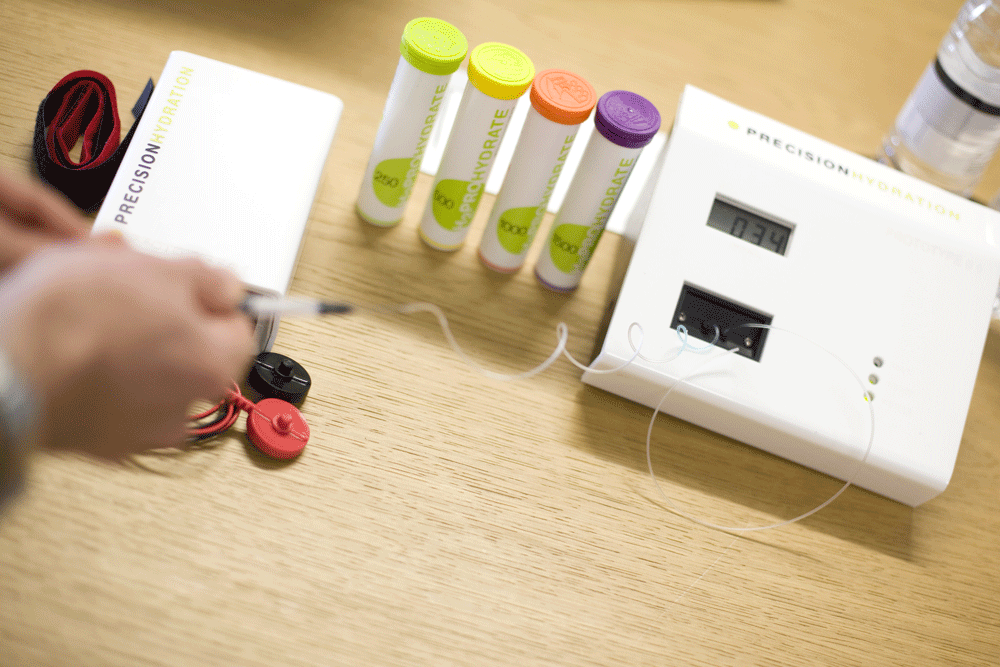
Cycling Weekly dropped in for a sweat test
Blow says: “A high dose is between 1000-2000mg per litre. What you bump in to above that is a ceiling at which your stomach and taste buds won't tolerate it and you risk getting gastrointestinal upsets.
"There are products out there that are much stronger, but they’re made for use with massive caution and intelligence, and tested before the event in controlled conditions.”
Can bananas fight off cramp when cycling?
There is one myth Blow is keen to put to bed: “People are often told by their mates ‘you need to eat bananas because you need potassium’.
"For starters, bananas don’t have tons of potassium in them. And even if they had, that’s probably not going to be the likely scenario, because being deficient in potassium is quite a serious condition.
"Ironically, it may cause cramps; potassium is the counterbalancing electrolyte to sodium in fluid balance. But most people aren’t walking round with a severe potassium deficiency, if they were they’d be hospitalised.”
That’s, that then – no bananas needed - unless you just like them, and are looking for a healthy carbohydrate hit.
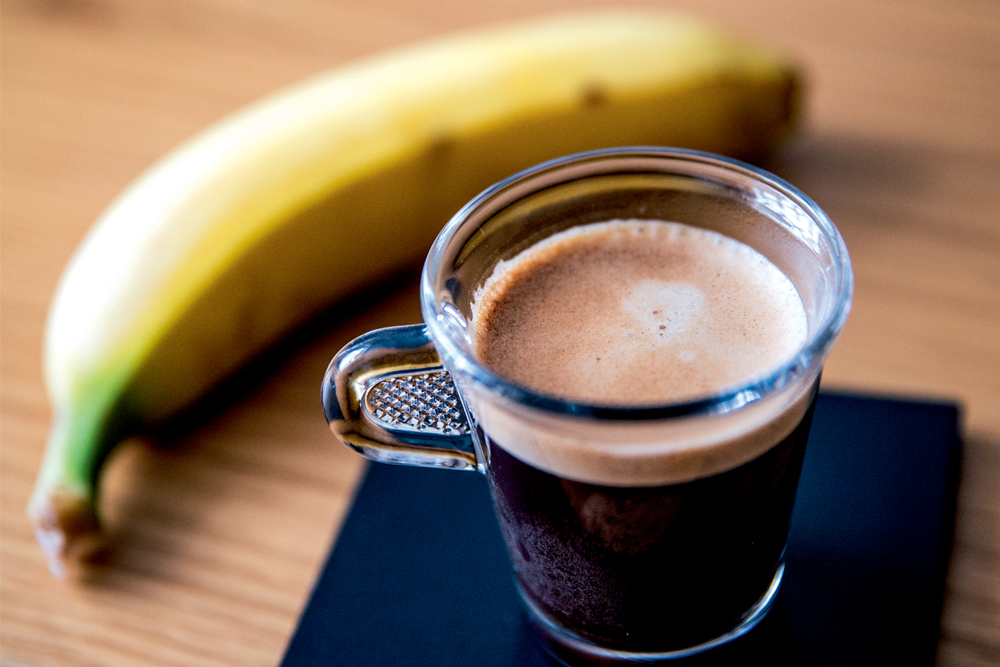
Food is important, though: “Glycogen depletion can play a role, but a lot of these things happen at same time, as a rider gets dehydrated, electrolytes get out of balance, and they also deplete glycogen and feel fatigue.
"It’s worth attacking all of those. There’s a modern trend towards recreation athletes looking at low carb, high fat diets – but there’s still not a lot of great science to back that up from a performance point of view.”
'Low salt' health warnings, athletes and cramp
The most expensive health concern for the UK NHS is diabetes, not overtraining syndrome. Therefore, most NHS advice and government funded healthy eating information is not targeted at athletes.
Athletes, then, should take some advice with a pinch of, well, salt.
Asked if public health warnings could negatively affect sports people, Blow says yes “just because something is perceived to be generally healthy, doesn’t mean it’s right for you. You need to take an amount of salt that is relative to what you do.”
“We had a client who was a double Olympic gold medallist, he was very into healthy living and eating. He tried to cut salt out of his diet, and started experiencing cramping issues in training.
"His coach sent him for a sweat test with us, and we found he lost a lot of salt in training. He put salt back into his diet to compensate for this loss; the fatigue and cramping problems went away over night."
Does hot weather increase the chance of getting cramp when cycling?
Of course, the amount you sweat can be directly related to cycling in hot weather. But it turns out you can adapt to that.
“Heat is one of things your body can adapt to very well. If you put your body through heat stress, in time sweat rate increases, sweating starts earlier, you lower your core body temperature.
“It takes about 14-days to achieve maximum adaptations, but you can achieve a lot, 60-70 per cent in the first five days,” says Blow.
So if you’re planning on racing or completing an event somewhere hot, try to get there early to do a few training rides to help you acclimatise.
Stretching and fighting fatigue to beat cramp when cycling
Fuelling and hydration are just one piece of the puzzle. And they might not even feature in your own personal puzzle.
Multiple studies have shown there to be no link between salt lost in sweat and the frequency of cramps (though the anecdotal evidence is strong), so scientists have looked for other causes. Namely: muscle fatigue.
Let’s run through some brain-numbingly confusing science very quickly. The Golgi tendon organs (GTO) are located in your skeletal muscles.
They act a bit like an RCD in an electric circuit, by stopping your muscle spindles from causing contractions. In a normal state, your muscles contract, and relax. When the GTO stops working the circuit gets blocked, the muscle is locked in contraction. Et voila – cramp.
Stretching creates tension in the muscle, and kicks the GTO back into action.
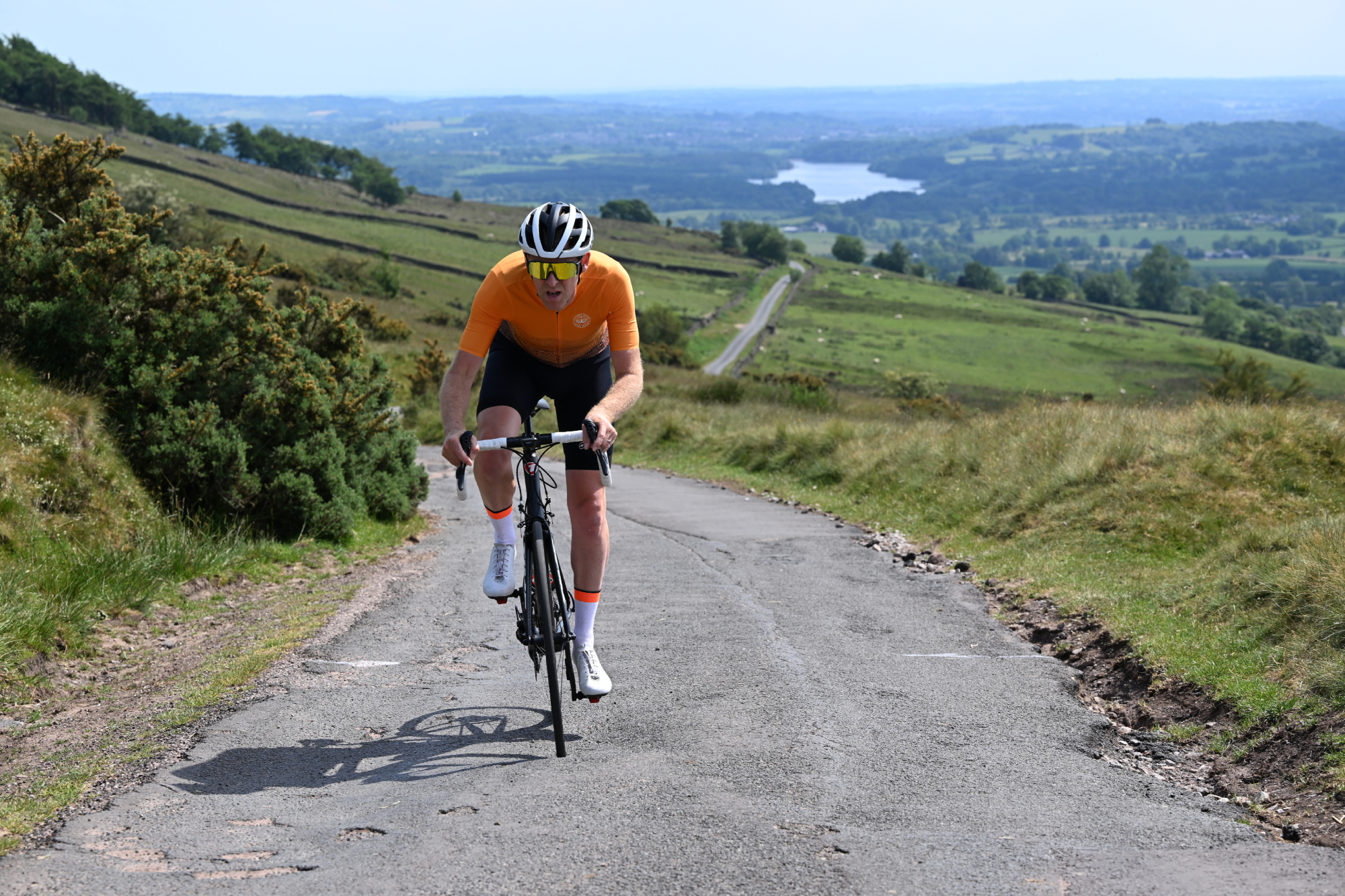
Blow says: “Cramp for cyclists often starts in the calf as the toes are pointing during the stroke, so dropping the heel, stretching the leg and letting it recover helps take some of load off and is important short term.”
Long term we need to get to the bottom of why the muscle is experiencing stress it’s not used to. Key causes could be riding a race bike that’s not set up the same as a training bike, or entering a race or event that covers very different terrain to that which your training regime has prepared you for.
Blow says: "Look at bike set up, the problem is often a rider whose race bike has a saddle 0.5cm higher. This causes you to point your toes more, as do cleats that are too far forward.
"A classic one is road riders who rarely train on their TT bike - which causes much more load on the quads as opposed to the glutes, fatiguing muscles in a way they're not used to.
"Specificity in training is hugely important, too. We all know that riding up and down dual carriageways is not a good way of preparing to ride Alpe d'Huez, and if you ride a lot of hills, you might get localised muscular fatigue in stability and supporting muscles if you spend five hours on the flat."
He’s also keen to point out that cramp should be treated after it occurs, too: “Cramp is destructive to muscles and causes stiffness, and soreness, so breaking up scar tissue and working on trigger points [with massage] is good.”
Can pickle juice relieve cramp?
Probably not what your taste buds wanted to hear, unless you’re perhaps several months into pregnancy and experiencing some interesting cravings. But pickle juice has been prescribed by coaches in the past as a cure for cramp.
Indeed, there’s a bit of science in this. This, along with other acidic foods, could stimulate the transient receptor potential (TRP) channels – which in turn could create a shock reaction, slowing down the disruption in the nerves causing cramp.
Blow is hesitant, but doesn’t write it off: “There’s a lot of interest in TRP agonists” he says.
“They’re in phase where there is lots of hype, then marketing gets behind it, and then it’s investigated further. There seems to be some science, but it’s not anywhere near the proven camp."
There are several brands creating products which utilise this approach - such as HotShot which aims to stimulate sensory neurons in the mouth, esophagus, and stomach, sending impulses to the spinal chord which block signals to and from the cramped muscle.
Cramp in the real world: Jasmijn Muller's story
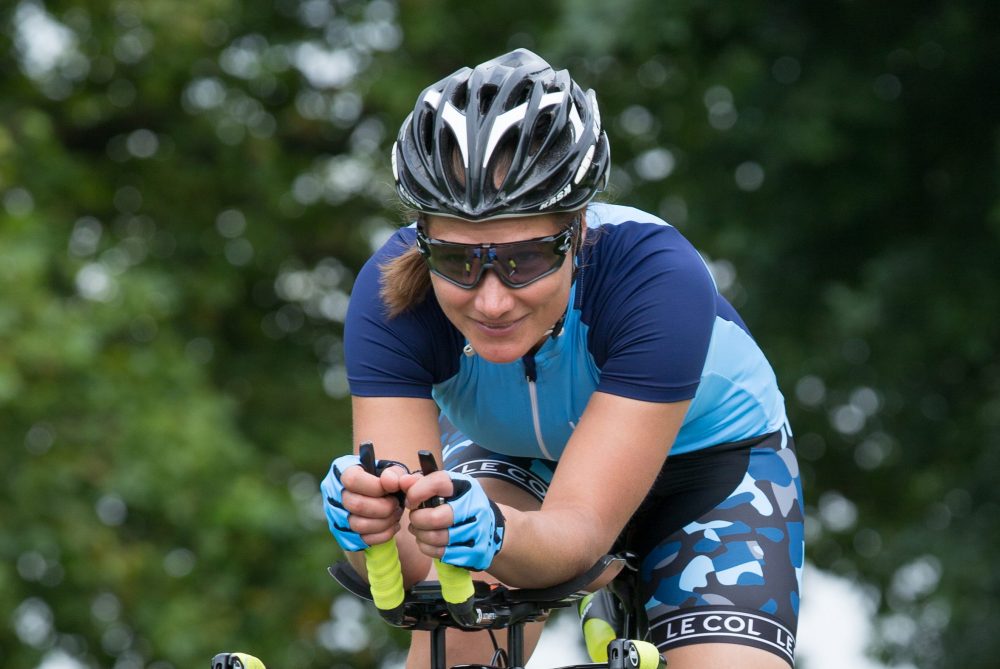
Andy Blow makes it clear that the causes of and thus treatments for cramp vary between individuals. All the theory in the world hasn't led to an absolute cause - so you need to find what works for you.
To get a personal perspective on the issue, Cycling Weekly spoke to National 12-hour Champion and World and UK 24-hour champion Jasmijn Muller, who attempted to break the Lands End to John O'Groats record in 2017.
"I had heard many suggestions over the years: 'Oh, you must have just overdone it', 'You are not fit enough', 'You should drink more', 'Have you tried chilli, tonic, mustard?' - but I kept on struggling with cramp," she told us.
"Every long time trial I did between 2014 and 2016 was a struggle with cramp in my hamstrings. And even commutes were affected by cramp in my toes. Sometimes the cramp would come and go; other times it was so severe I could barely bring myself to a stop without falling off my bike as the cramp was simply debilitating and impossible to ride through.
"I would stretch for as while, relax my breathing, try to eat as many salty things as I had on me and drink any liquid left in my bottle, but when resuming my ride, the cramp would often reoccur with even stronger spasms.
"For a long time, I wasn't sure if it was a matter of hydration, salts, bike position or perhaps even a psychological issue. The breakthrough for me came in summer 2016 when I had an advanced sweat test done with Precision Hydration."
Muller took the test because her 2016 season had been aborted by Deep Vein Thrombosis, something she picked up following a three day ride in hot weather, followed by what she calls "severe inactivity."
"The test showed a high sweat rate and a very high loss of sodium per litre of sweat. My new hydration plan includes pre-loading with very strong electrolytes - 3 times stronger than anything I had ever used before - hydrating with strong electrolytes, irrespective of the weather or intensity of the ride, and always keeping a few sweat salts handy in case I need more electrolytes but am running out of fluid.
"Since adopting the new hydration plan I haven't had any issues with cramp. Which is a huge relief and has helped me enjoy my riding more."
On top of using Precision Hydration, Muller lists her own top tips:
- Taking magnesium supplements: magnesium is another electrolyte lost via sweat
- Drinking HotShot: "[I use this] both before a long race and if I feel cramp, but even when I only use Precision Hydration I haven't had cramp anymore, so I don't think HotShot isn't a must, just another approach that may help."
- Breathing techniques: "Long and slow breathing helps to relax my mind, but this doesn't work for long - the cramps can be so debilitating you simply can't move anymore, irrespective of breathing."
- Lowering her saddle: "This has has helped a little - changing my saddle to a saddle with more hamstring clearance (Cobb JOF 55 or Cobb Vflow Max) - this has also helped."
How to avoid cramp when cycling: the short answer
Your own method of avoiding and treating cramp needs to be formula based upon your individual physiology, training load at the time, and conditions in which you're completing that training or racing. "It does come down to good old fashioned, intelligent trial and error,” says Blow.
If cramp is bothering you, experiment with your hydration strategy, and ensure lack of fuelling is not causing fatigue. Make sure you're not drastically changing your position between bikes, and that your training stimulus is in line with the stressors your events will place on your body.

Thank you for reading 20 articles this month* Join now for unlimited access
Enjoy your first month for just £1 / $1 / €1
*Read 5 free articles per month without a subscription

Join now for unlimited access
Try first month for just £1 / $1 / €1
Michelle Arthurs-Brennan the Editor of Cycling Weekly website. An NCTJ qualified traditional journalist by trade, Michelle began her career working for local newspapers. She's worked within the cycling industry since 2012, and joined the Cycling Weekly team in 2017, having previously been Editor at Total Women's Cycling. Prior to welcoming her first daughter in 2022, Michelle raced on the road, track, and in time trials, and still rides as much as she can - albeit a fair proportion indoors, for now.
Michelle is on maternity leave from April 2025 until spring 2026.
-
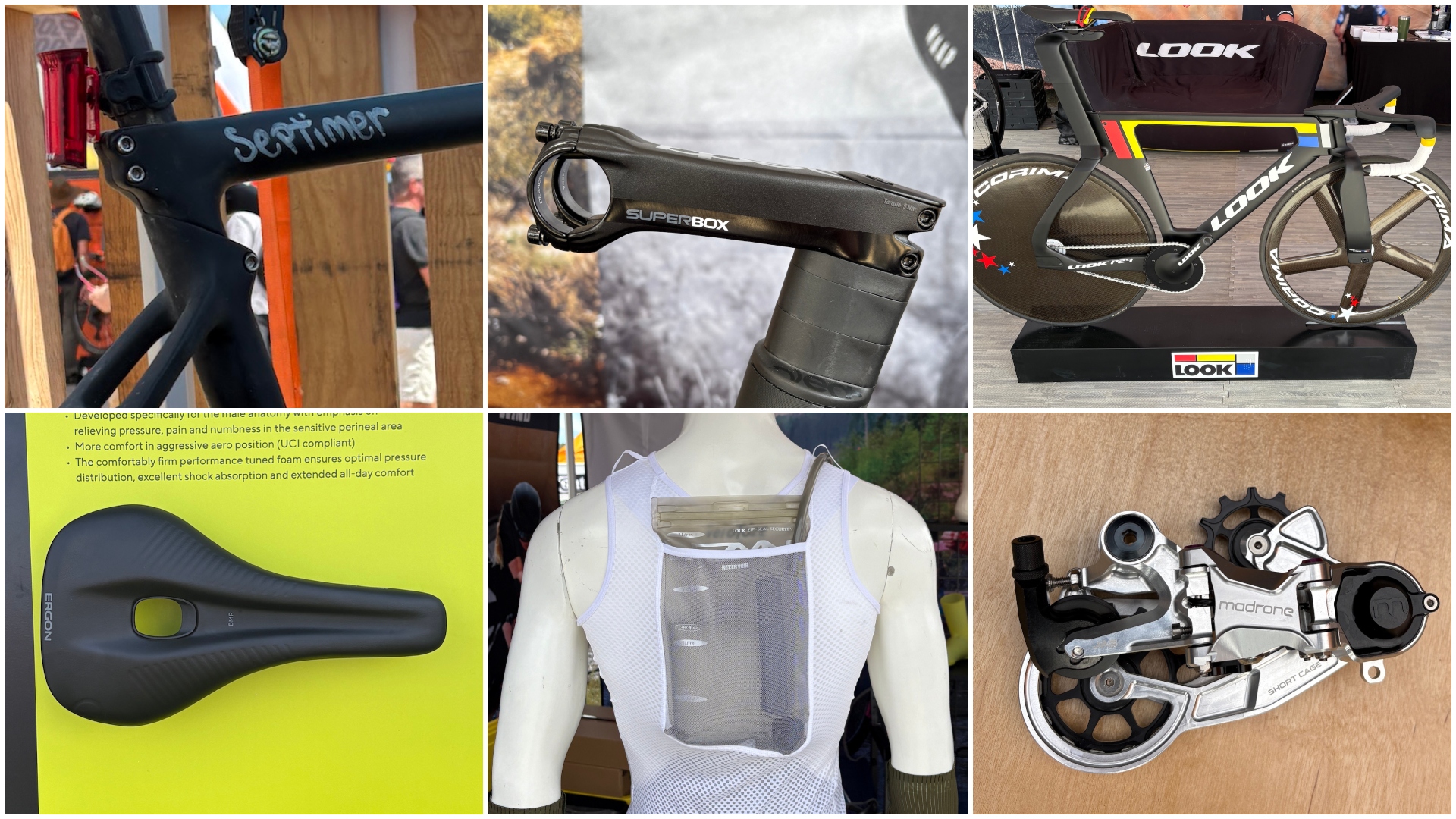 The Sea Otter Classic: sights and sounds from the biggest bike gathering in North America - Part 1
The Sea Otter Classic: sights and sounds from the biggest bike gathering in North America - Part 1Odds and ends that run the gamut, from a $13,000 frameset to armoured kit and new hydro-vests
By Tyler Boucher Published
-
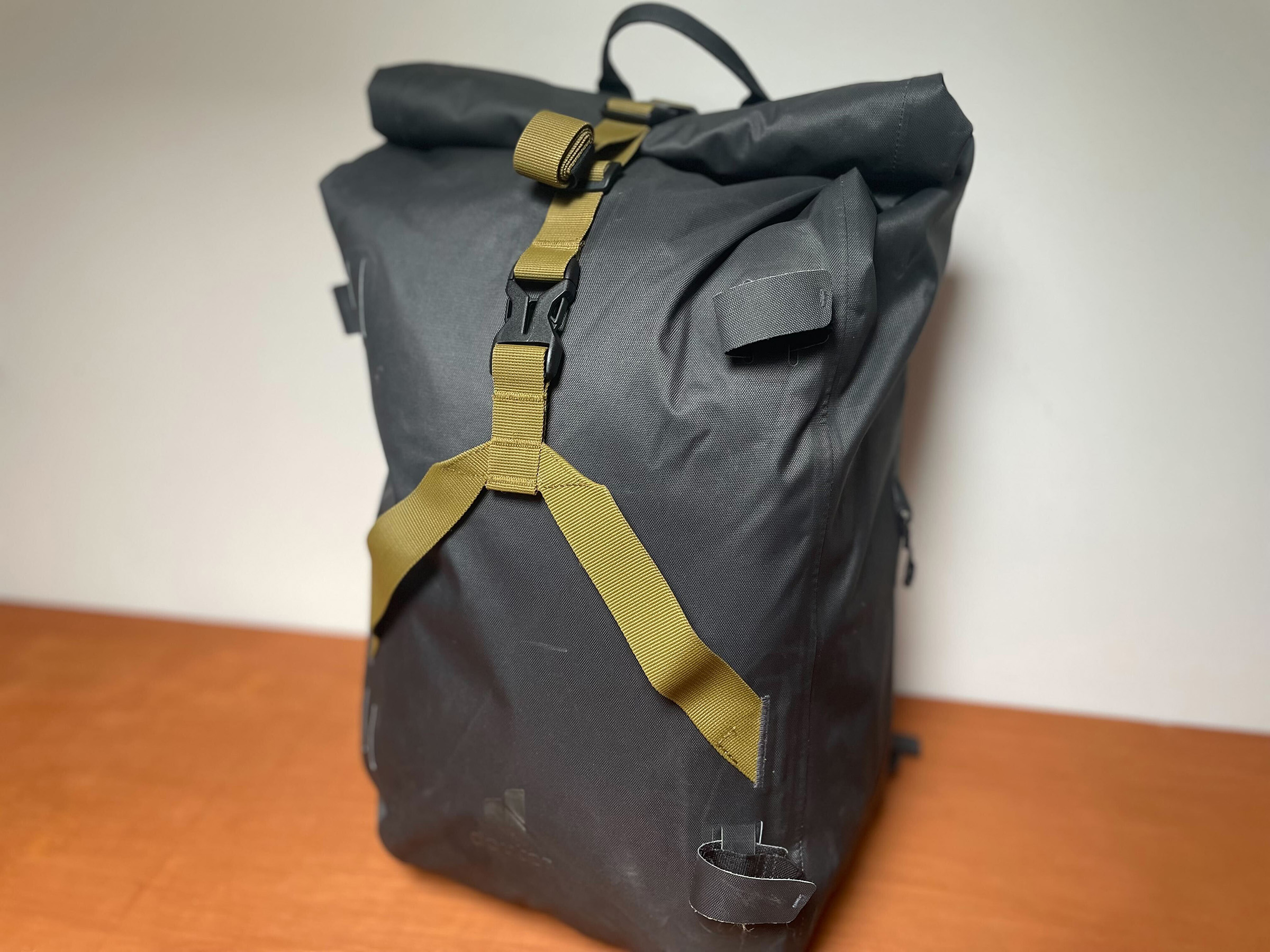 Deuter's 30ltr commuter backpack
Deuter's 30ltr commuter backpackA rolltop bag to fit a change of clothes and a sandwich. And keep them dry
By Simon Richardson Published
-
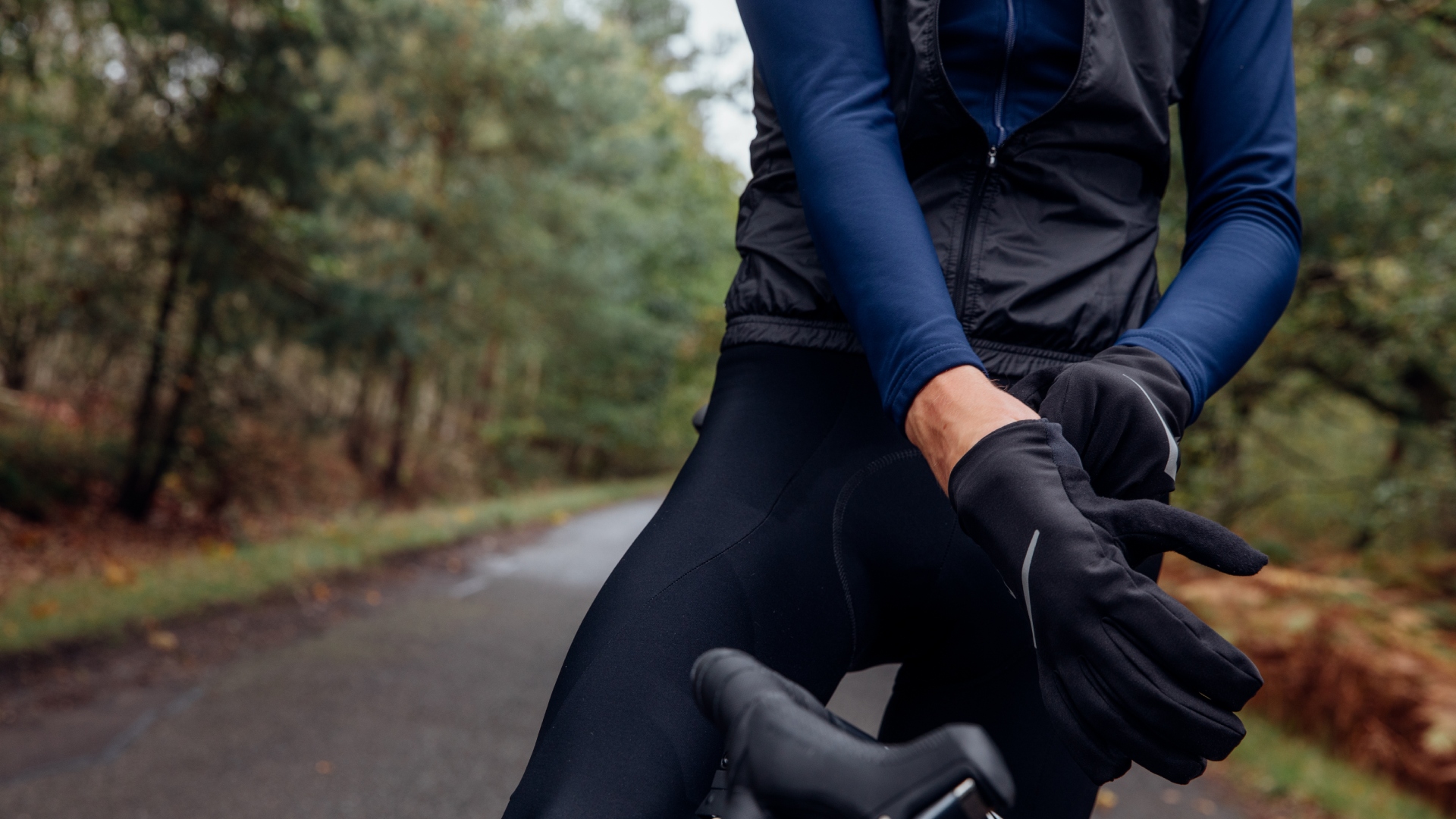 Riding with Raynaud’s: How to beat cold hands and feet over winter
Riding with Raynaud’s: How to beat cold hands and feet over winterSymptoms of Raynaud's syndrome extend far beyond simply having chilly hands and feet, our experts guide you through the how-to on making winter riding bearable despite the disease
By Lexie Williamson Published
-
 Does riding in the cold always have to slow you down?
Does riding in the cold always have to slow you down?Recent research reveals that starting a ride cold can decimate endurance. James Witts examines how rolling out toasty boosts staying power
By James Witts Published
-
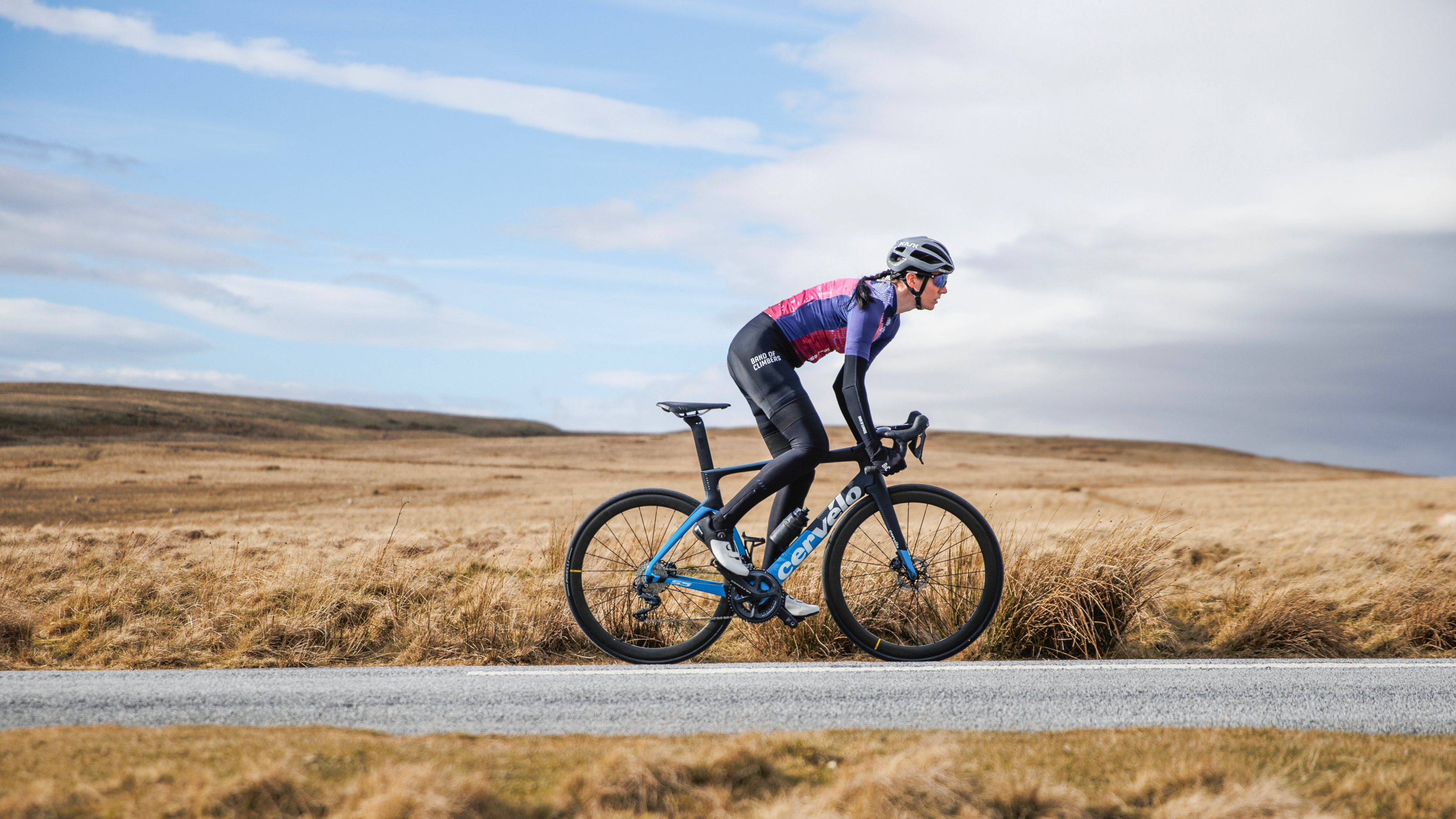 Forget 'new year, new me': 31 realistic, bitesized new habits for 2025
Forget 'new year, new me': 31 realistic, bitesized new habits for 2025Small adjustments to your daily routine can have a big impact on your cycling fitness. Lexie Williamson lists 31 good habits, one for each day of January
By Lexie Williamson Published
-
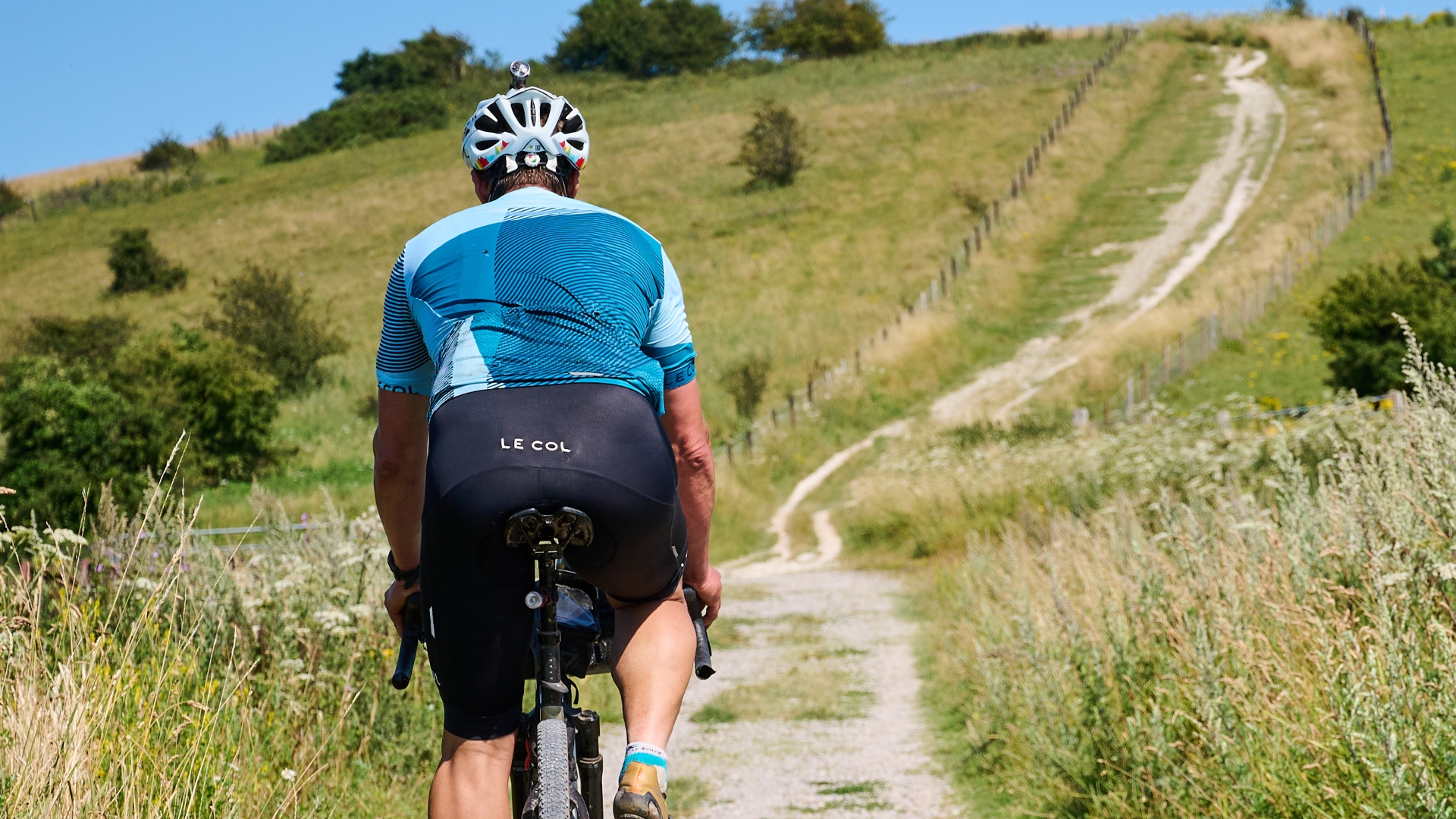 'My riding companion proceeded to fragment into countless tiny particles and dissolve into the night sky — I was hallucinating': Inside a 500km ultra ride
'My riding companion proceeded to fragment into countless tiny particles and dissolve into the night sky — I was hallucinating': Inside a 500km ultra rideKeen to test the limits of his well-matured endurance, Steve Shrubsall hurls himself headlong into a 500km ultra-endurance adventure across England's North and South Downs
By Stephen Shrubsall Published
-
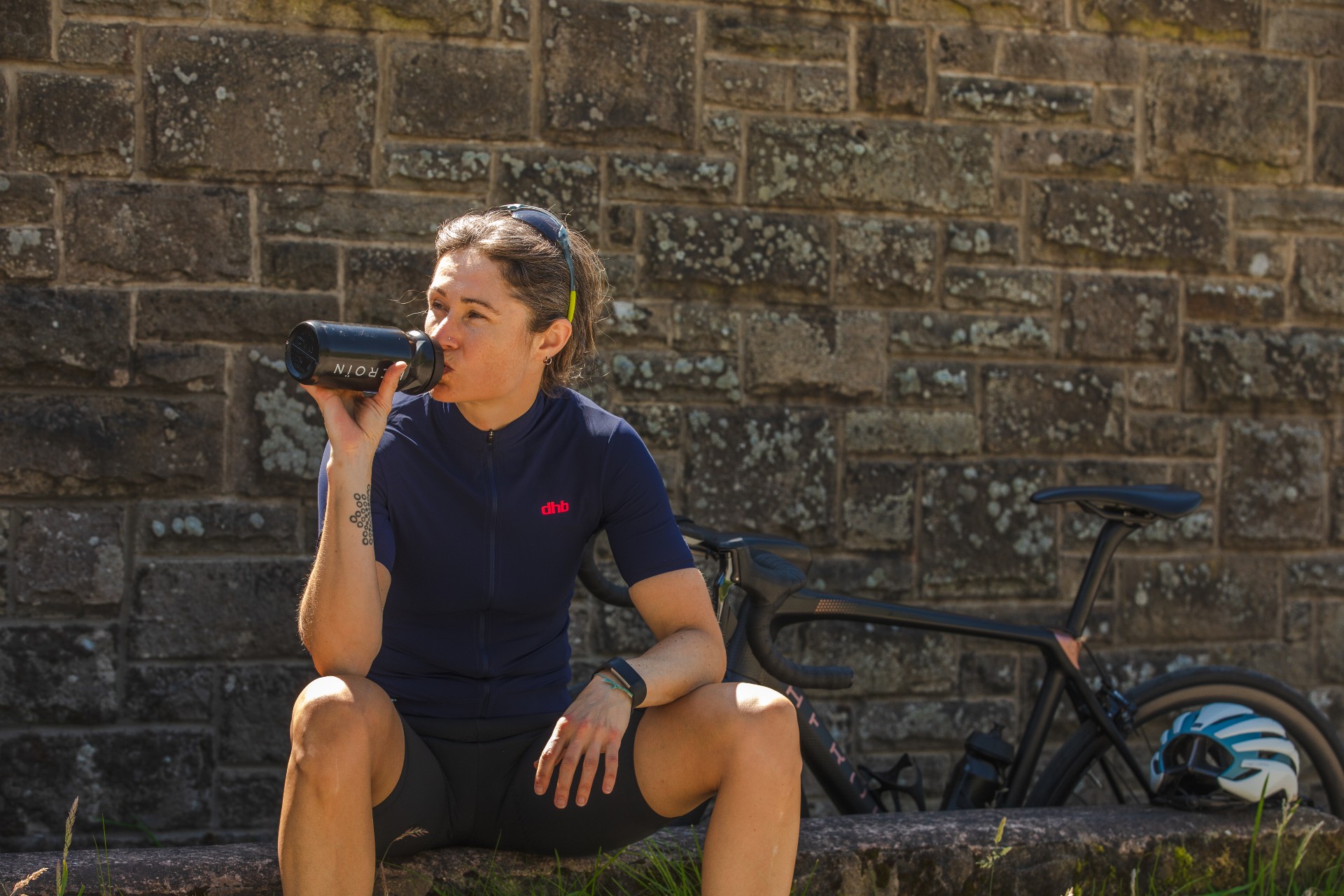 Hot weather cycling: 6 tips to help you keep your cool
Hot weather cycling: 6 tips to help you keep your coolA spell of hot weather needn't stop you enjoying your riding, as long as you take some precautions to prevent over-heating and dehydration
By Anna Marie Abram Published
-
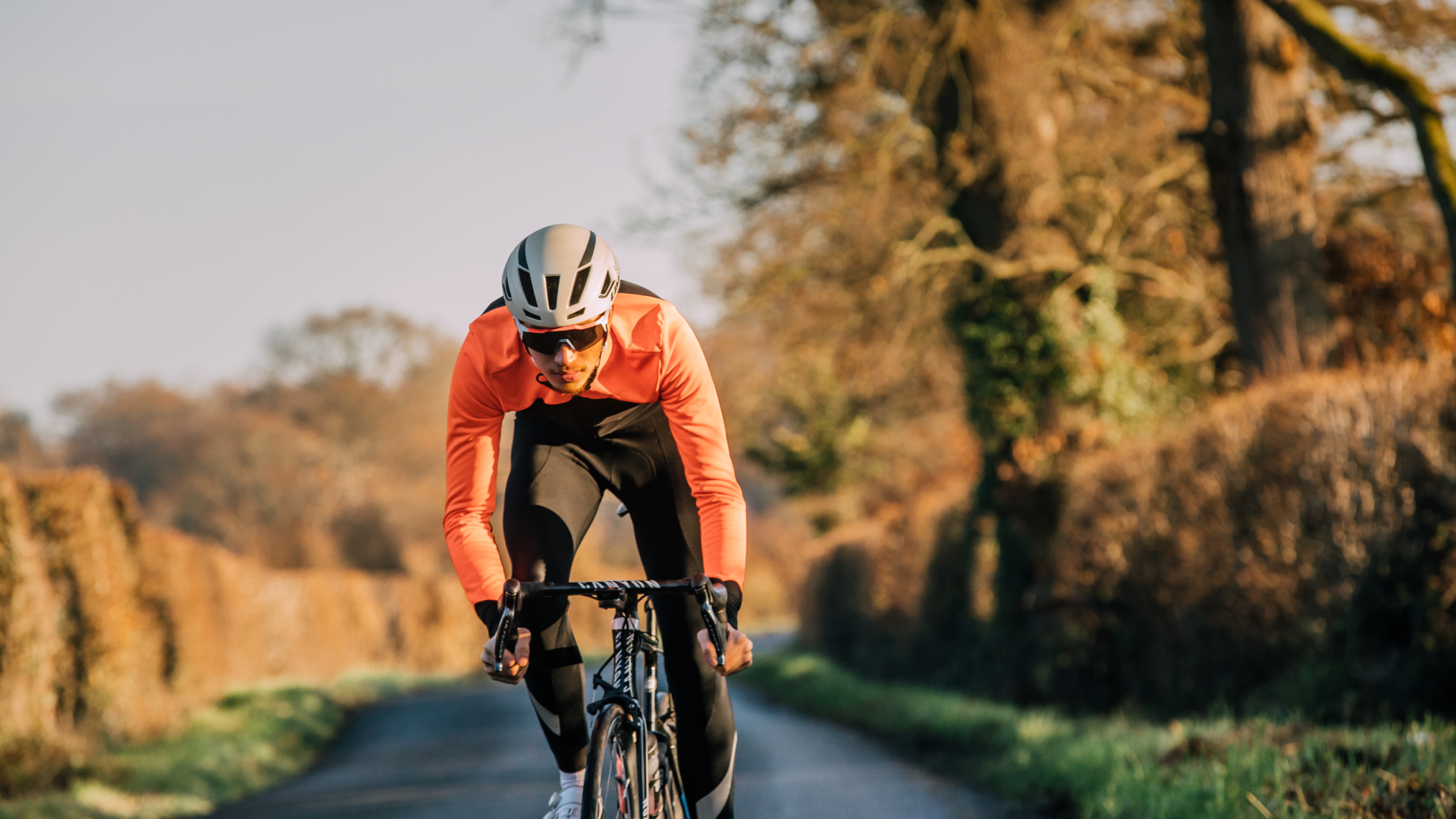 21 ways to get your season off to a flying start
21 ways to get your season off to a flying startMotivation is key: achievable, aspirational goals with clear checkpoints is a great place to start. Structured training, bike servicing and joining a club will all help set you on the right trajectory, too
By Charlie Allenby Published
-
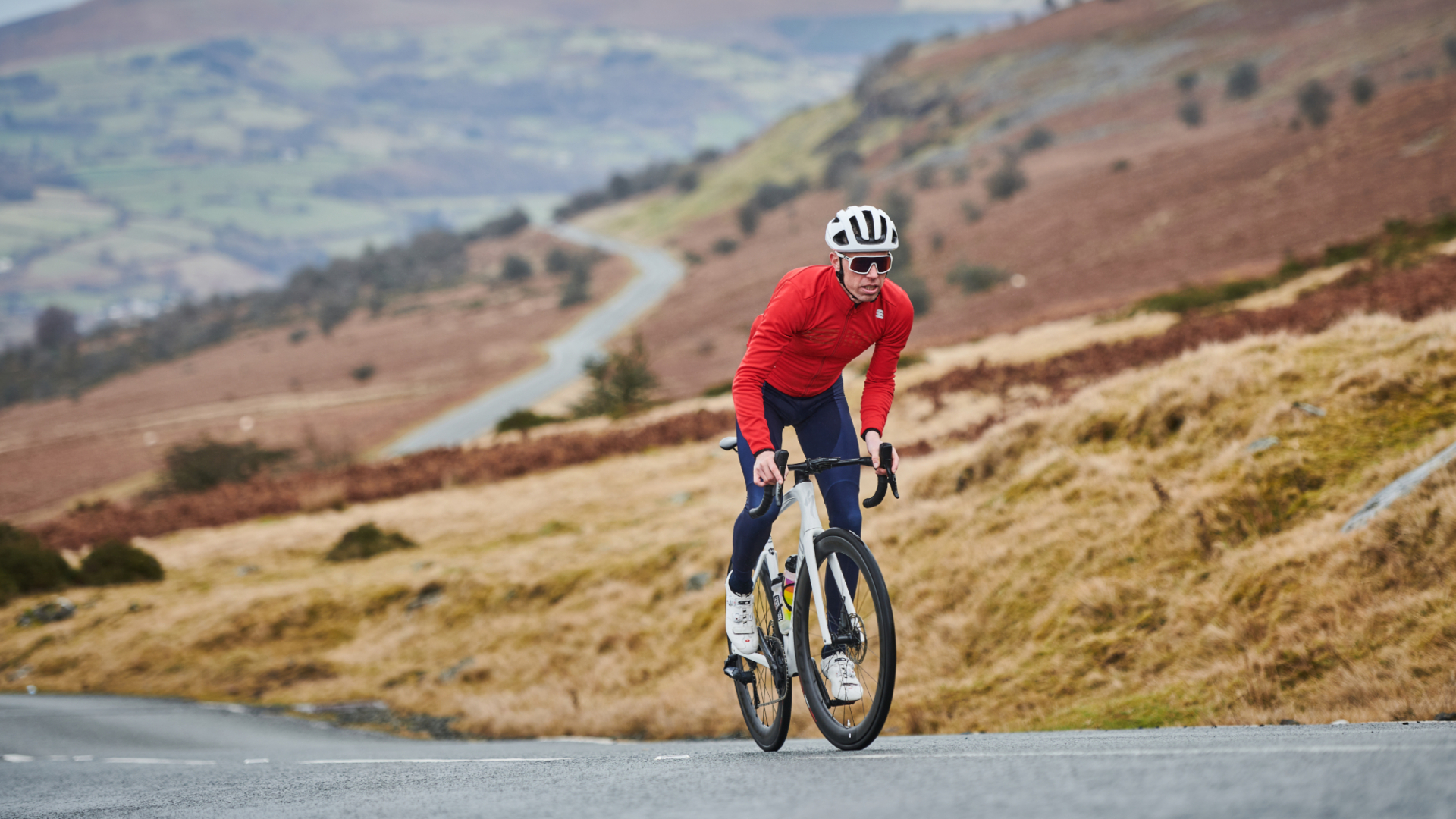 Eight-step guide to crafting your achievable goal this year, according to a cycling coach
Eight-step guide to crafting your achievable goal this year, according to a cycling coachHow to come up with a target you can hit - plus some pointers on how to stay on track
By Chris Marshall-Bell Published
-
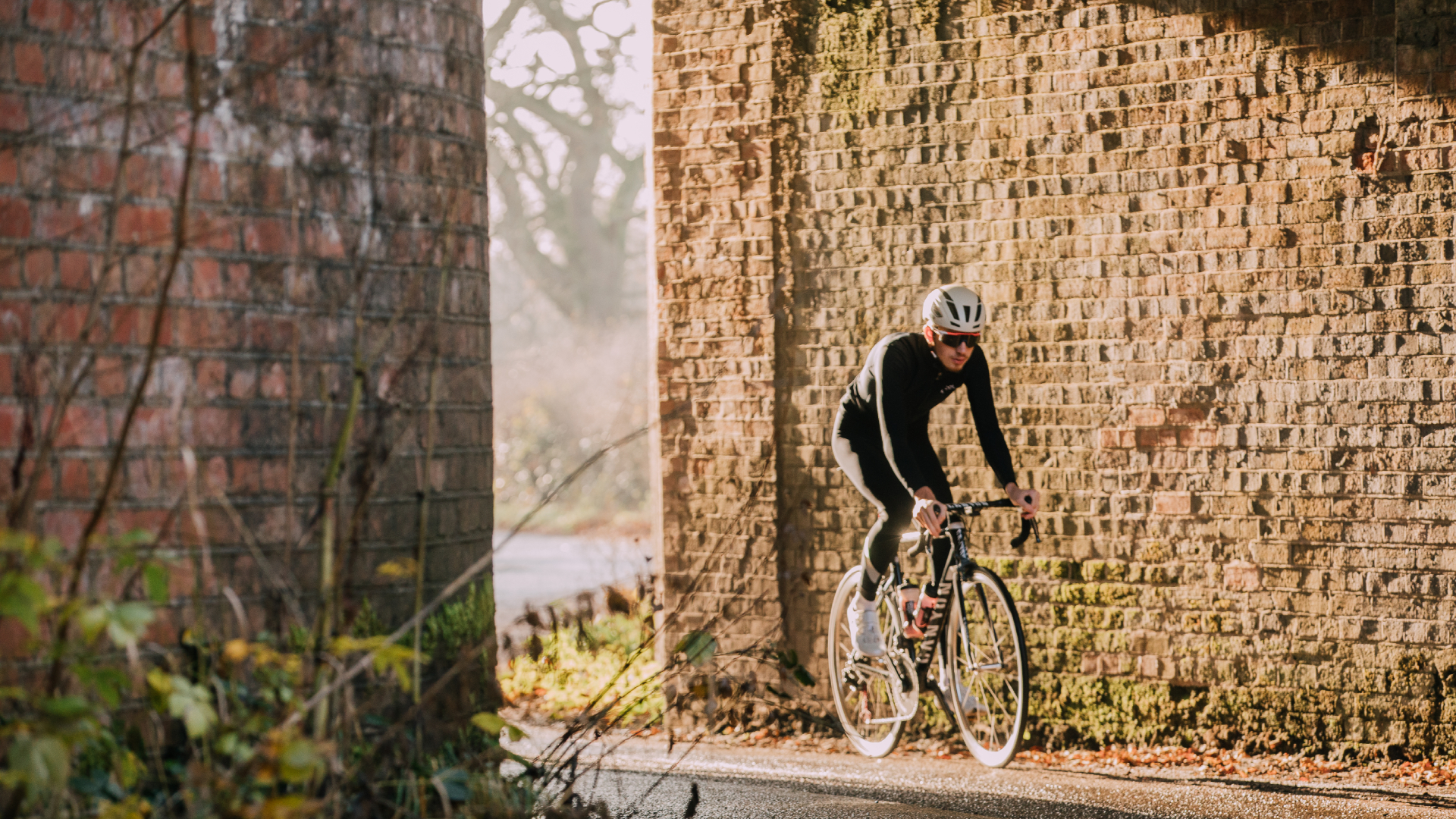 Why is everyone talking about Zone 2 training? Tadej Pogačar, or rather his coach, is responsible - here’s why
Why is everyone talking about Zone 2 training? Tadej Pogačar, or rather his coach, is responsible - here’s whyThe cacophony of praise for Zone 2 training of late left Chris Sidwells scratching his head. So he decided to find out what all the fuss was about
By Chris Sidwells Published